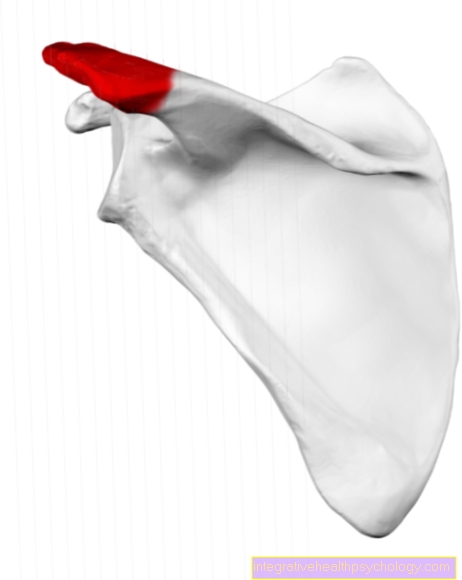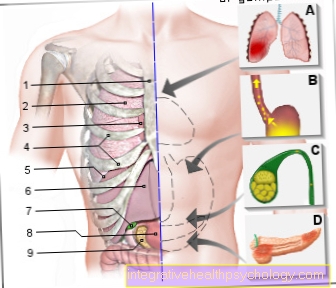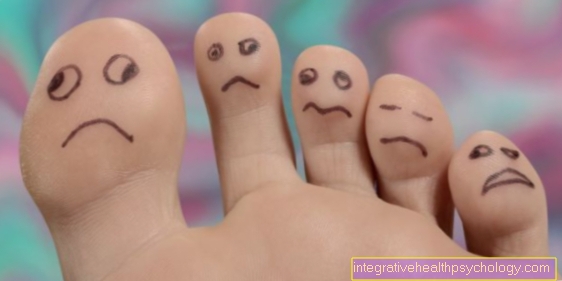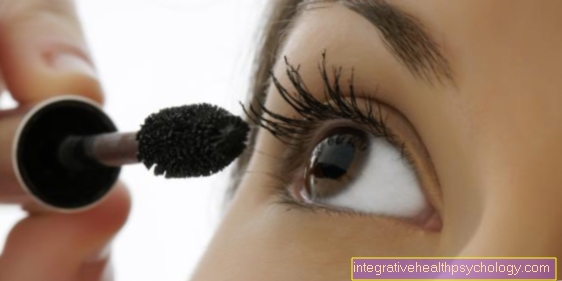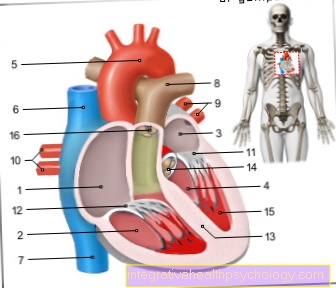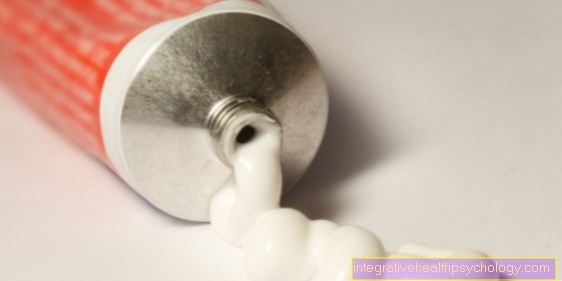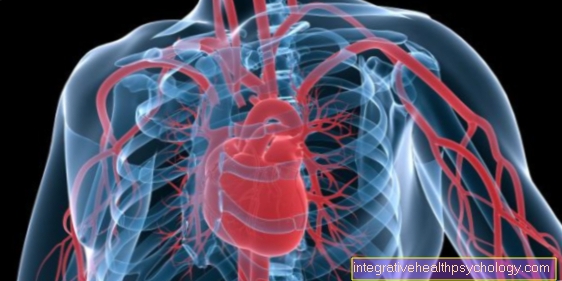The glasses pass
Definition - what is the glasses passport?
A glasses pass is understood to be the listing of the correction values of the person concerned that are necessary for the manufacture of glasses. The glasses passport is usually issued in the size of a business card by the optician when new glasses are made.
If the glasses are lost or damaged, such a glasses passport is useful because a replacement can be ordered directly without the need for a new eye examination and measurement.

Who needs a glasses pass?
If you have new glasses made, you usually receive the glasses pass as a service from the optician. A glasses passport is particularly helpful for complex or multiple ametropia, as the individual can hardly remember all the relevant values correctly. If you lose your glasses, new glasses can be quickly made. This is also useful if you can no longer go to the same optician from whom the glasses were bought because you have moved.
People with simple and symmetrical ametropia, e.g. -0.5 diopters in both eyes, can usually be done without a glasses passport, as you can easily keep these values. If you lose your glasses, you can make do with the ready-made glasses from the drugstore.
You might also be interested in: Diopters - What does it mean?
What do the abbreviations in the glasses pass mean?
In addition to the contact details of the optician, the name and date of birth of the wearer and the date of issue can be found on the glasses passport. The further information is noted with abbreviations.
The following abbreviations are often used:
-
R (or RA) stands for right eye
-
L (or LA) stands for left eye
-
Sph (sphere) represents the ametropia values in 0.25 diopter steps.
Positive values come with farsightedness (Hyperopia) and negative values for myopia (Myopia) in front.
Example: +2.75 dpt -
Cyl (cylinder) also gives the corneal curvature in steps of 0.25 in Doptrie (astigmatism) again.
A positive or negative sign indicates the alignment. -
If the corneal curvature is present, A (axis) represents the axis position of the cylinder in degrees in values from 0 ° to 180 °.
-
P or Pr (prism) indicates the prismatic power of the spectacle lens in prism diopter. It serves to compensate for constant squint.
-
B or Bas (base) stands for the position of the prism with the cross-eyed eye.
It can be specified in degrees from 0 ° to 360 ° or labeled “below”, “above”, “outside” or “inside”. -
F (distance) indicates the correction value for the distance vision part of multifocal glasses (varifocals).
-
N (near) indicates the correction value for the near vision part of multifocal glasses (varifocal glasses).
-
Add (addition) sets an additional value for the near distance for distance correction.
It is given in 0.25 diopter steps. -
HSA or HS or H (corneal vertex distance) stands for the distance between the inside of the lens and the outside of the cornea in millimeters.
-
PD (Pupillary Distance) measures the distance between the pupils or the distance from the right and left pupils to the center of the face in millimeters.
-
EP or H (grinding height or “Eye Point”) describes the distance from the lower edge of the glasses to the center of the pupil in a person looking straight ahead in millimeters.
Cost of a glasses pass
Anyone who has new glasses or sometimes just new glasses made will usually receive a glasses pass from the respective optician free of charge. However, this is a voluntary service; the customer is not entitled to it.
If you only show up for the eye test and want to have a glasses pass, you have to pay for it. The optician determines the amount of the costs. This is understandable in view of the numerous online opticians, because otherwise the customer could simply order glasses from the optician on site using the values in the glasses passport.
If you cannot decide between the classic optician and the online retailer, you should note that a contact person on site who can provide targeted advice and measure is often the better choice for more complicated cases.
also read: Optometrist
Editor's recommendations
These topics could also be of interest to you:
- Sun glasses with strength
- contact lenses
- Dioptire values
- Presbyopia





